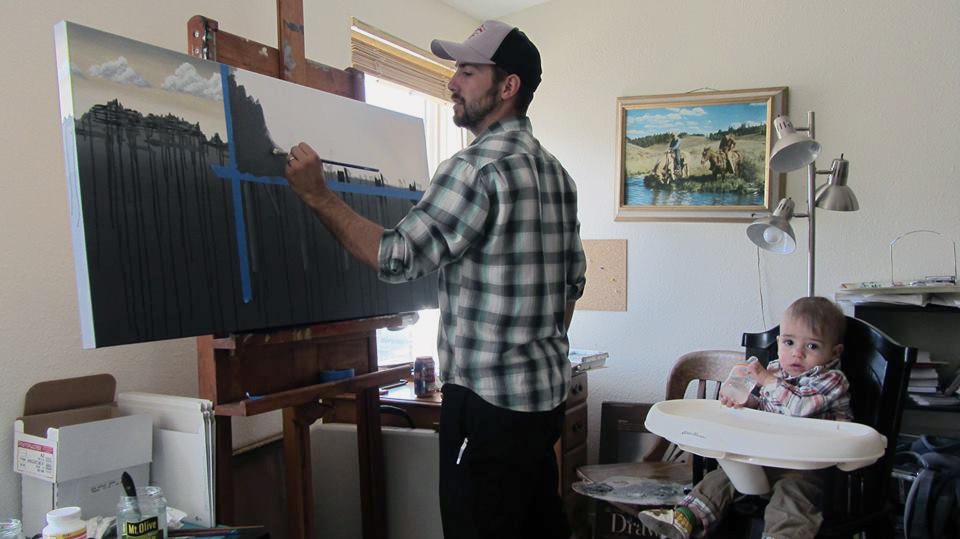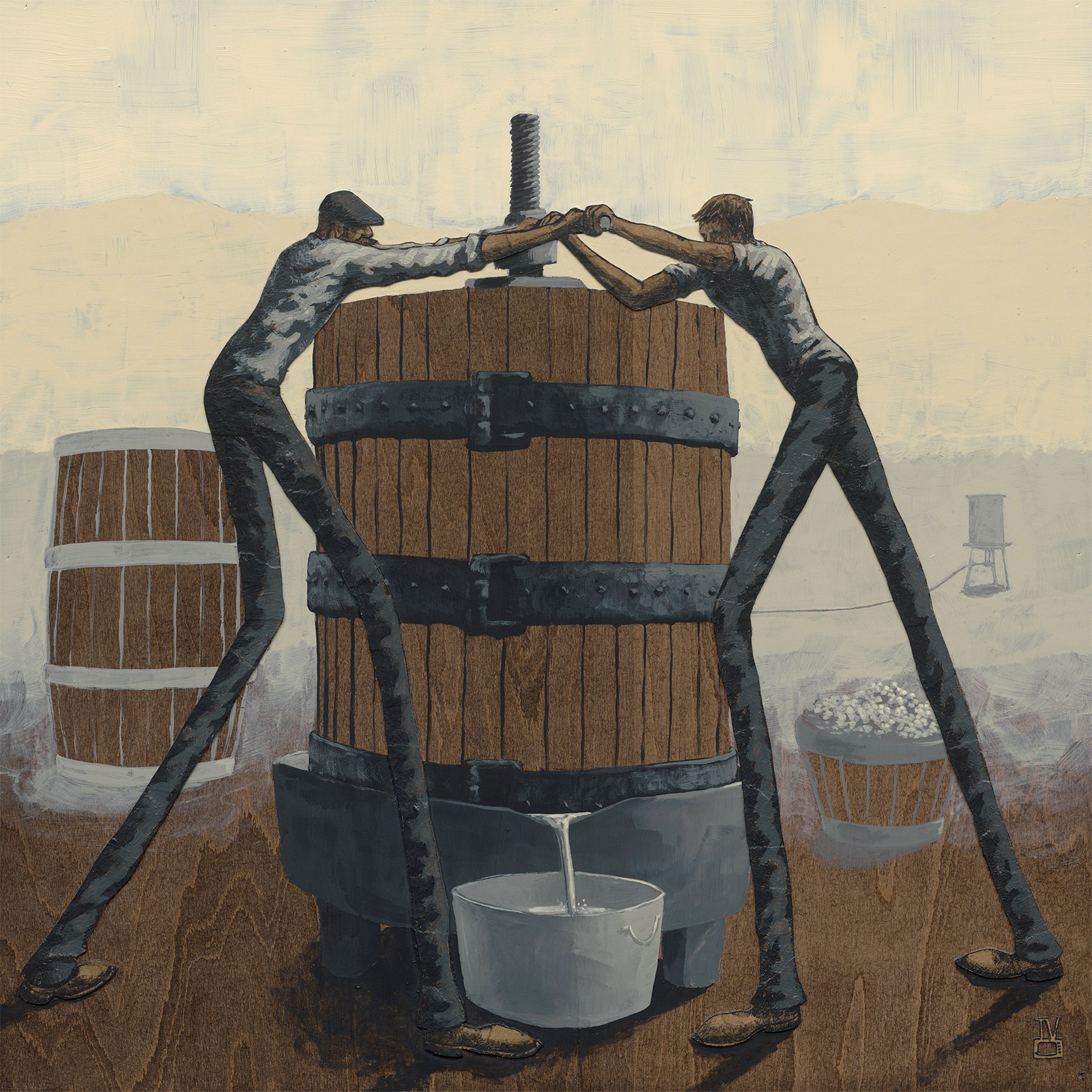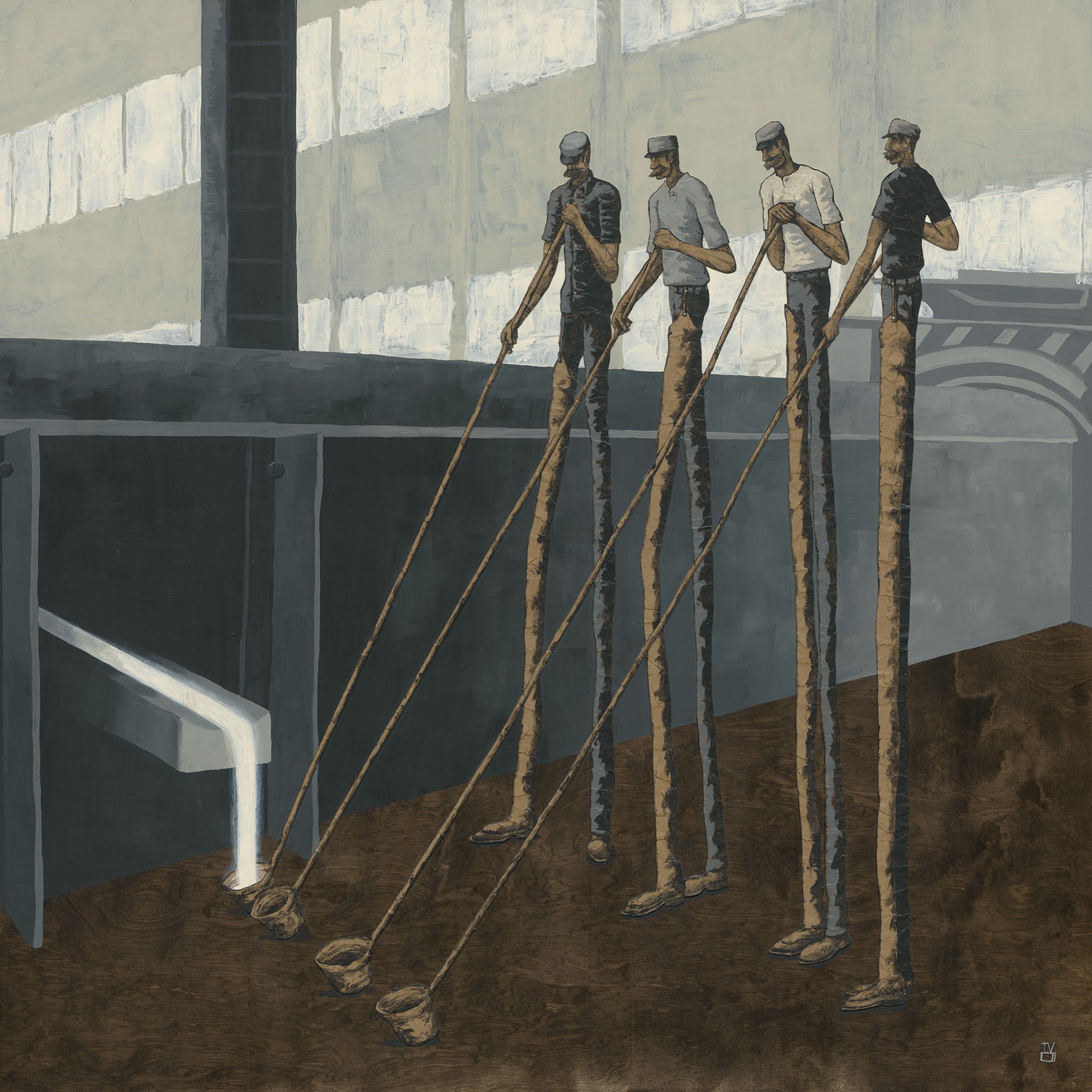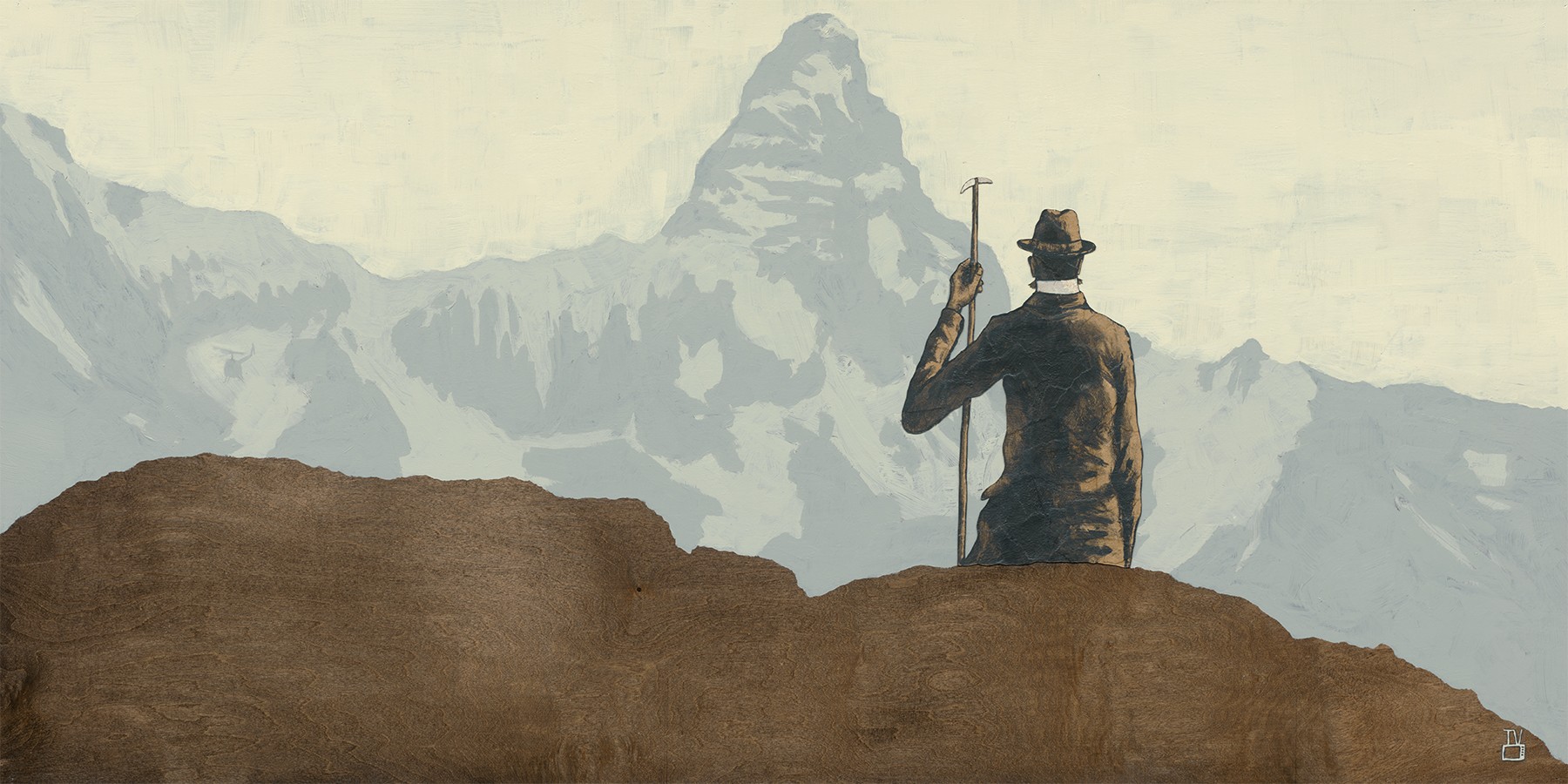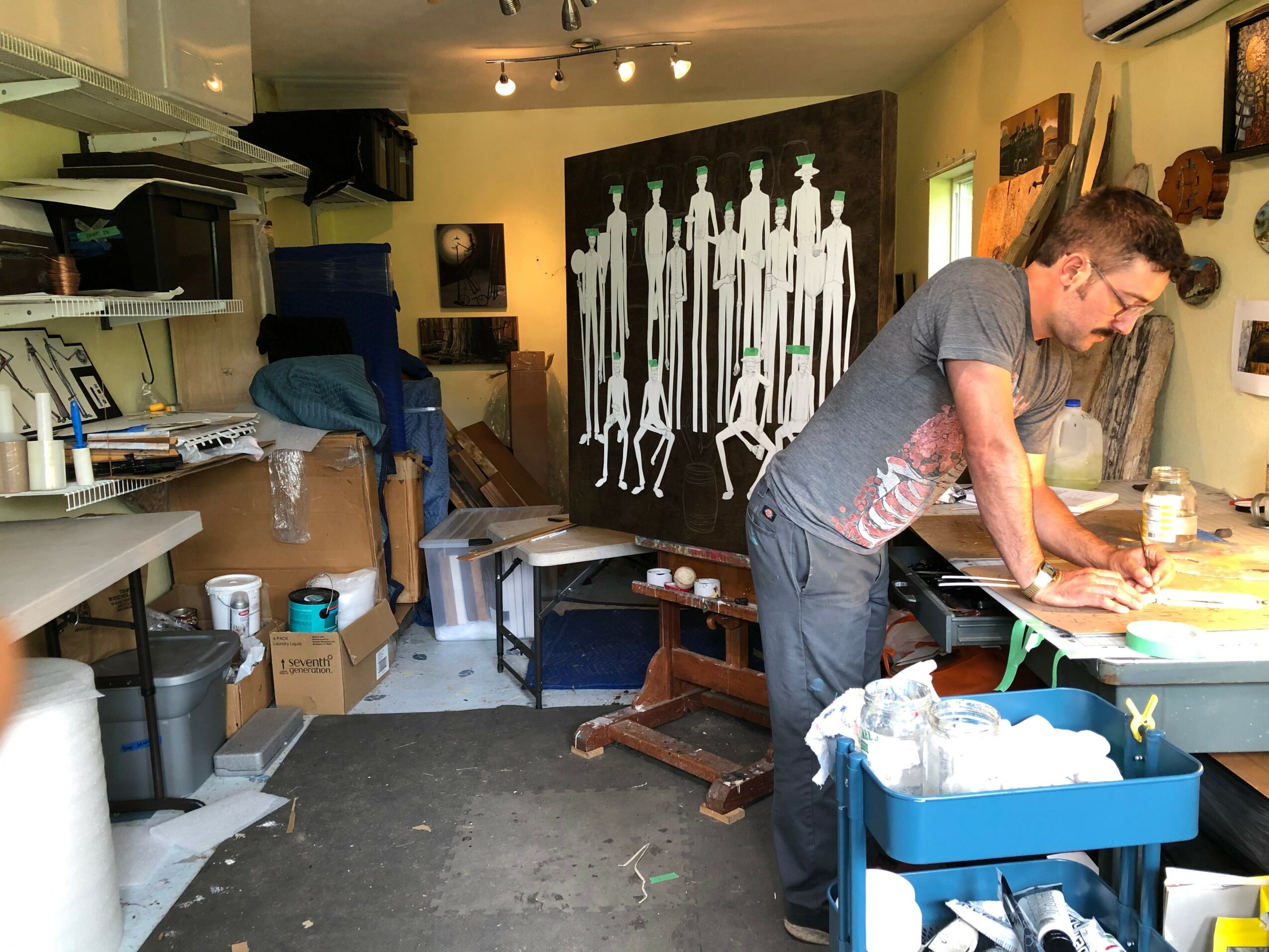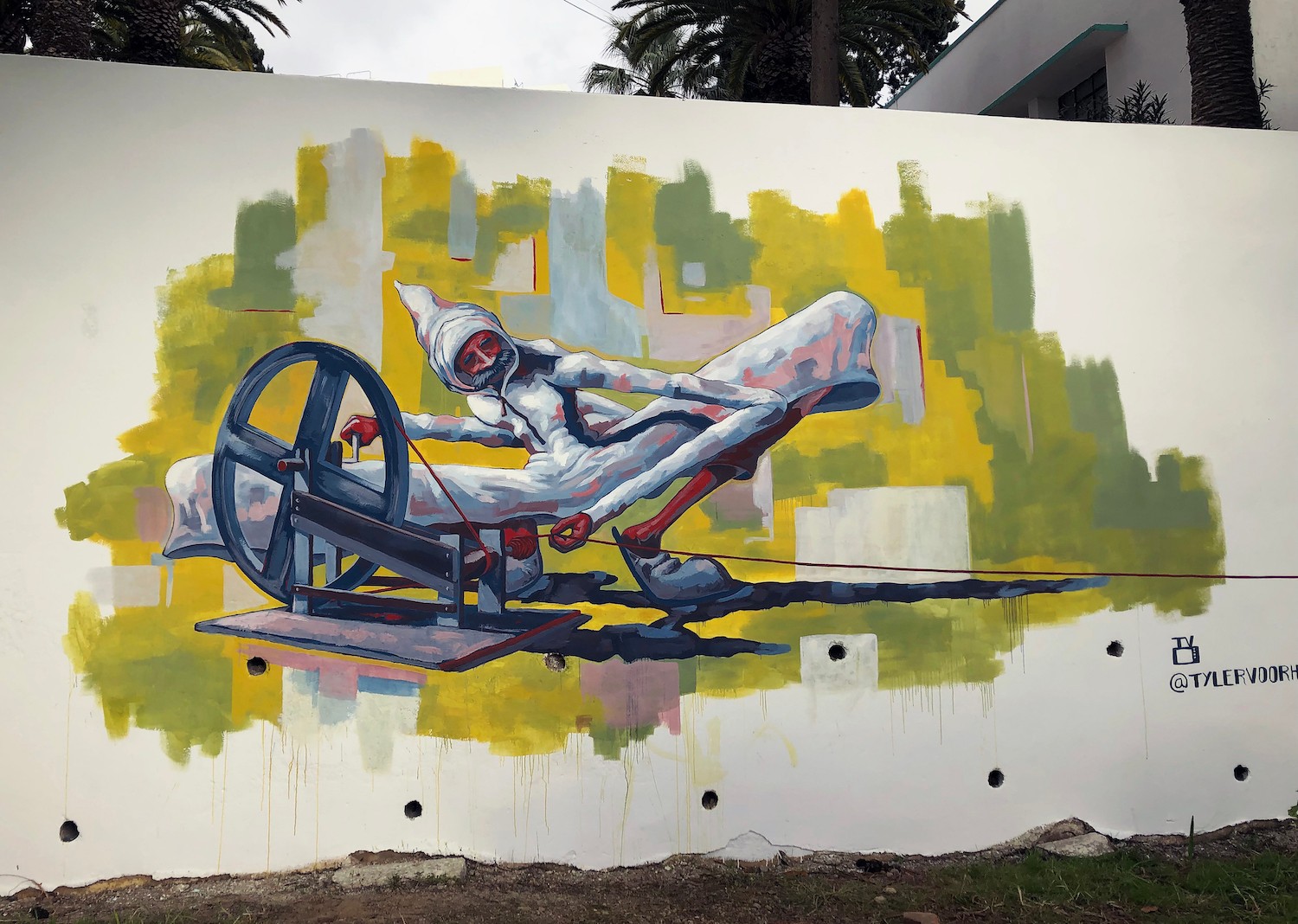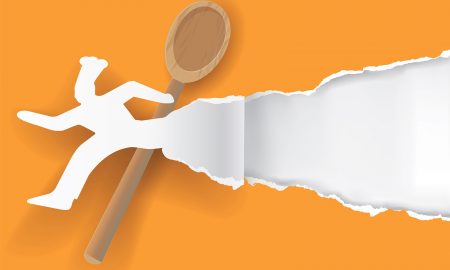
Today we’d like to introduce you to Tyler Voorhees.
Hi Tyler, so excited to have you with us today. What can you tell us about your story?
Born on the flatlands of South Dakota, I always liked to draw. I can remember copying a cougar out of a coloring book and thinking it looked pretty good. My parents were always encouraging of my abilities. I eventually went to college to study art with little idea as to how it might equate into a job. This is where I met my match, who happens to be a business major with vision. Her name is Ashley.
We tromped around Europe for a spell, and I kept painting in my free time. We got married and had a kid. Moved to Colorado. I was an elementary school teacher, and Ash was doing graphic design. We quickly realized that working all day to barely afford to pay a daycare to raise our son wasn’t our cup of tea. So, we quit our jobs, put our junk in storage, and went on the road to sell art full-time. That was seven years ago.
We’ve found some success with art festivals and have been part of that circus ever since the beginning. My main focus has been painting The Jobs of Yesteryear, a series of mixed-media paintings that depict workers of the past. I have a passion for history, particularly when I can use it as a medium to connect with folks from our collective human heritage. Everyday people. Courageous kin that didn’t do it for the Instagram post. I tell their stories and hopefully bring them some due honor with my time and efforts. The workers’ stories are endlessly fascinating.
My style of figure is elongated and surreal. I haven’t been able to put a finger on why long-legged figures float my boat, but I don’t naturally feel the need to. I just paint what I like to look at. Dalí, Giacometti, and Tim Burton are among my biggest influences.
Ash and I have also begun to branch out into painting murals that celebrate workers both past and present. That has been an exciting world to enter into and meshes well with our love of travel. We currently have murals in Michigan, Arizona, Mexico, and Morocco. Painting on that scale is physical and really fun. I also love the fact that the art is public and for the people.
We now live in Michigan with our two boys, doing our best to raise them right and teach them the family business along with life’s more nuanced lessons. I am what some would call a family man and am always looking for new ways to be a better one at that.
I consider it an honor to be able to make art for a living, especially art of my own choosing. My creative process involves a lot of research, a healthy dollop of self-doubt, and a deep well of gratitude for the chance to take the ride in the first place.
My wife and I have never been ones to say “Stay safe” as a farewell, opting instead for “Drive fast, take chances.” It is with this somewhat reckless approach that we carry on down this long and winding road, delighted at the surprises we encounter and amazed at the wonder of it all.
Can you talk to us a bit about the challenges and lessons you’ve learned along the way? Looking back, would you say it’s been easy or smooth in retrospect?
Money was tight in the beginning, but once you’re your own boss, you’ll fight tooth and nail to keep it that way. Most paintings I make enter into a “trough of doubt” at about the midpoint of the process. It’s where the luster of the new idea has been worn off, and my inner critic starts to pipe up. That, along with the imposter syndrome, have been the biggest mental hurdles to overcome. It helps to have a steady-handed, no-nonsense wife.
We’ve had our share of hardships, but I think that most folks know hard livin’. There has also been an appropriate amount of beautiful little miracles to balance it out.
My mom once told me that when a tree gets damaged during growth, it creates a knot, and this knot becomes the strongest part of the wood. I think that life’s struggles are like that. They make us tougher, stronger if only we can get through the initial hurt and come out the other end with our sense of humor intact.
Quieting self-pity is also a useful endeavor.
Thanks – so, what else should our readers know about your work and what you’re currently focused on?
The figures in my paintings are made using a collage process. Basically, I use torn pieces of paper glued together to make the workers. I then paint them and adhere them to the wood panels I paint on. It’s a process that I first discovered in college, and I’ve been honing ever since. I love the dimension and subtle texture that it adds to the finished piece. I also include something in the painting that shows how the job has changed (an ice machine tucked into the background behind an ice cutter). This inclusion gets the story moving closer to the present and shows an evolution rather than a snapshot.
Overall, I think the unique combination that my work features is putting history together with surrealism. I’m telling stories that we can all connect to in some way but doing so in a style that is unique and surprising to some degree.
We all have a different way of looking at and defining success. How do you define success?
Putting food on the table by doing work that is fulfilling. Bonus points if it makes the world a tiny bit better in the process, which most work does.
Contact Info:
- Website: www.tylervoorheesart.com
- Other: www.patreon.com/voorheesartcollective/
